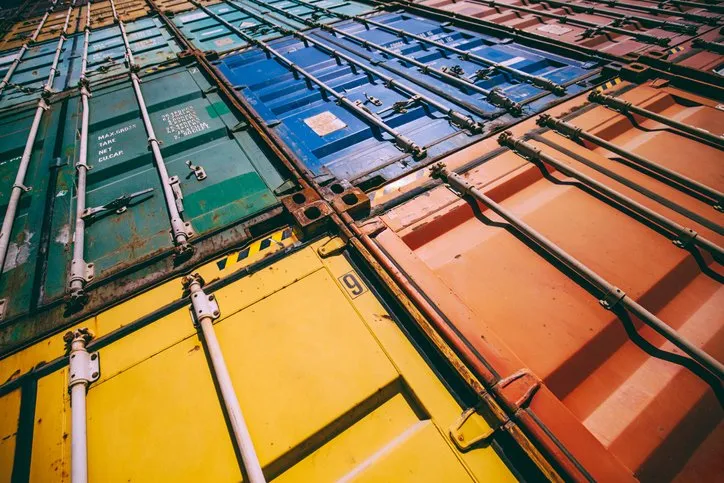
Performance of maritime logistics

Liner shipping and container ports have repeatedly made headline news since 2020, as companies across supply chains were hit with price hikes and shipment delays. Spot rates were around six times higher on average by the end of 2021 and contract rates 2.9 times higher than at the beginning of 2020 as shipping companies have been able to adopt capacity-management strategies through a web of global alliances and consortia. Public policies have facilitated this situation as regulators have allowed carriers to use co-operation arrangements to jointly manage fleet capacity. This independent report by Olaf Merk (ITF/OECD) and Antonella Teodoro (MDS Transmodal) assesses the disruption to container transport and analyses their causes and impacts.
The price of container shipping has increased substantially since the beginning of 2020. As well as the hike in spot and contract rates since the beginning of 2020, shippers confront a range of additional surcharges and increased fees for demurrage and detention. During the same period, ship schedule reliability decreased from 65% to 34%. Moreover, unscheduled port cancellations and the ship turnaround time in ports have also increased. Many countries in Europe, Latin America and sub-Saharan Africa saw fewer direct liner connections following reconfigurations of liner shipping networks. These challenges, plus the strain on port and inland logistics capacity as well as Covid-19-related labour shortages, have undermined just-in-time business and logistics models. Global container shipping companies have used capacity-management strategies to shift ship capacity to trans-Pacific trade routes in order to accommodate increased demand for consumer goods in the United States.
Public policies have facilitated this situation. Regulators have allowed carriers to use co-operation arrangements to jointly manage fleet capacity. This option has become the main element of co-ordination between shipping lines following regulatory initiatives in the European Union and the United States in the early 2000s to prohibit joint price-fixing in shipping conferences. Expectations that this intervention would stimulate price competition and lower shipping prices were confounded, however, by the record-high freight rates since 2020. Thanks to these freight rates, the operational profit margin of the ten largest container shipping companies reached an estimated USD 160 billion in 2021, a substantial part of which has been used to fund acquisitions in the freight forwarding and logistics business to achieve vertical integration.
The report by ITF/OECD and MDST sets out the following policy options that could be employed by regulators to enhance the value provided by the container shipping industry to the global economy:
·Improve competition monitoring in container shipping
·Reconsider the competition arrangements for liner shipping
·Focus regulatory attention on fair competition in door-to-door container transport
·Increase transparency of container shipping rates and charges
·Collect performance on the containerised transport chain
·Secure the strategic value of container shipping
·Charge users of public maritime infrastructure more to increase cost coverage
To read the full report click here
